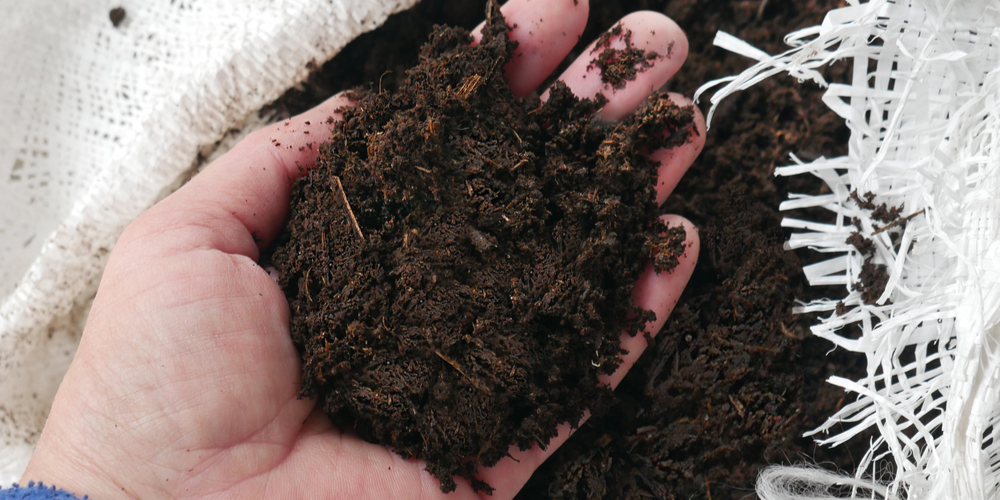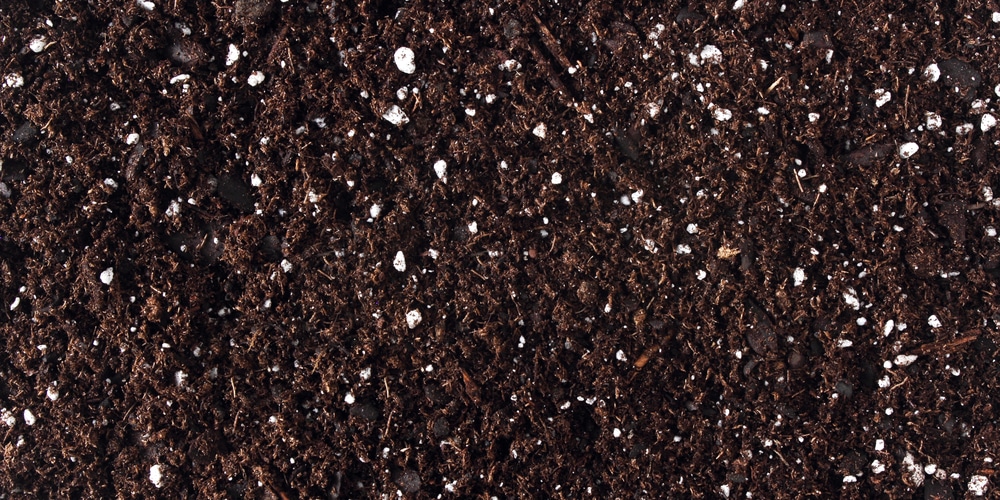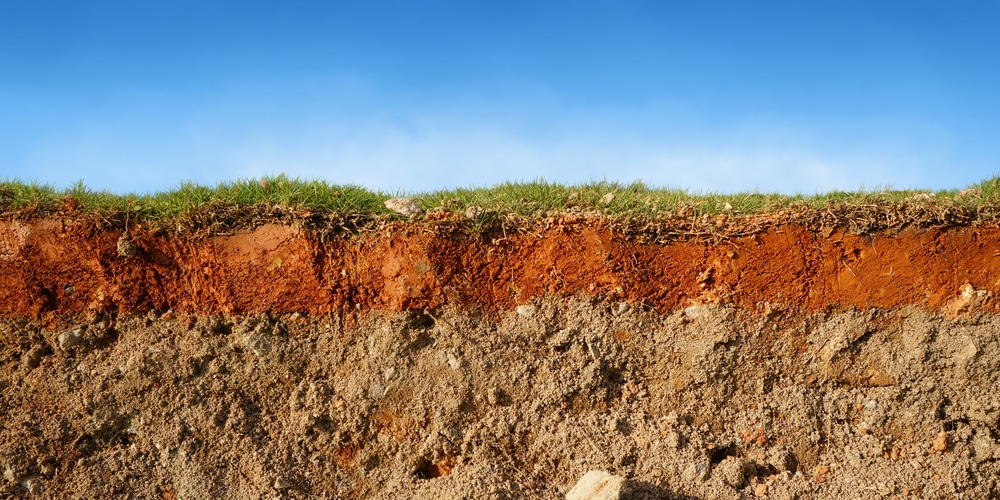If you like to garden, or if you are just looking to improve your landscape, then learning how to make well-drained soil is a skill that you will want to master. Soil that does not drain properly can lead to several problems, including root rot, fungal diseases, and even the death of your plants. This article will discuss everything you need to know about well-drained soil.
What Is Well Drained Soil, And Why Is It Important For Plants To Thrive?
Most people have heard of well-drained soil but don’t know it. Well-drained soil is soil that has good drainage. This means that water drains from the soil’s surface down through the pores in the soil and doesn’t pool on the surface. Good drainage is essential for plants because it allows them to get the oxygen they need for their roots.
Plants need oxygen for their roots to take in nutrients from the soil and prevent them from rotting. If water pools on the soil’s surface, it can waterlog the roots and prevent them from getting the oxygen they need. This can lead to disease and death for the plant.
Well-drained soil is also crucial for preventing erosion. When water runs off of hard, compacted soils, it can carry away topsoil and erode the land. This can be devastating for farmers who rely on their crops for income. Well-drained soils help to prevent this by allowing water to seep into the ground instead of running off of it.
How Can You Tell If Your Soil Is Well Drained Or Not
Most plants require well-drained soil to thrive. This means that the soil must be able to quickly remove excess water. If the soil is too dense or has poor drainage, the roots of plants can become waterlogged, leading to disease and death.
There are a few simple ways to test your soil drainage. First, dig a small hole in the ground and fill it with water. If the water drains away within a few minutes, the soil is well-drained. If the water takes longer than an hour to drain, the soil may be too dense or have poor drainage.
Another way to test drainage is to take a handful of soil and squeeze it into a ball. If the ball holds together and does not crumble, the soil is too dense. Good drainage is essential for plant health, so testing your soil before planting anything.
In general, well-drained soil is loose and free-flowing, while poorly-drained soil is dense and compacted.
How to Make Well-Drained Soil
Good drainage is vital for the health of your plants. Plants need oxygen in the roots, and waterlogged soil prevents oxygen from reaching the roots. This can lead to Root Rot, a condition that kills the roots and eventually the plant. While you can’t control the amount of rain your area gets, you can make sure your soil is well-drained.
There are a few ways to improve drainage in your soil. One is to add organic matter, such as compost, bark, or peat moss. This helps to aerate the soil and increase drainage.
Another way to improve drainage is to add sand to the soil. This should be done carefully, as too much sand will make the soil too dense and compacted. The best way to add sand is to mix it with compost or other organic matter.
Once you’ve improved the drainage in your soil, it’s important to take steps to prevent it from becoming waterlogged again. One way to do this is by adding a 3-inch layer of mulch around your plants.
This will help to deflect rainfall and prevent water from saturating the soil. It’s also important to avoid over-watering your plants. Water them deeply, but less often, to allow the roots to grow deep and strong.
By following these simple tips, you can ensure your soil is well-drained, and your plants are healthy and thriving.
How Does The Type Of Plant You’re Growing Affect How Much Drainage Your Soil Needs?
The type of plant you’re growing will affect how much drainage your soil needs. Some plants, such as succulents, cacti, and other desert plants, need very little water and can tolerate dry, compacted soils.
Other plants need moist soils with good drainages, such as ferns and other moisture-loving plants. If you’re unsure how much drainage your plant needs, check the label or ask a nursery employee.
When in doubt, it’s always better to err on the side of too much drainage. Soils with good drainage are less likely to waterlog your plants and kill them. If you have any questions or concerns about your soil, contact a local soil expert.
Final Thoughts: how to make well drained soil
Well-drained soil is important for the health of your plants because it allows oxygen to reach the roots and prevents Root Rot. You can improve drainage in your soil by adding organic matter, such as compost, bark, or peat moss.
You can also add sand to the soil, but be careful not to add too much. Once you’ve improved the drainage in your soil, take steps to prevent it from becoming waterlogged again by adding a layer of mulch around your plants or avoiding over-watering them.
Related Article: How to Avoid Root Rot By Using A Well Drained Pot


